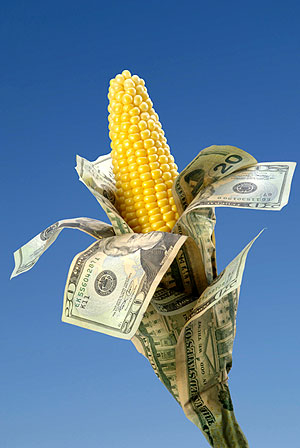Some years ago, I went to London to spend some days of the Christmas holidays with my family. When we arrived to the city, after leaving our baggage in the hotel, we went to a restaurant nearby to have dinner. I remember that I ate a beef steak (yes, meat!) with some butter sauce and my sister had the same. We enjoyed a tasty dinner. However, back in the hotel, I started feeling a strange feeling in my stomach that wouldn’t let me sleep. The feeling kept gradually increasing until it turned into a strong sickness that gave me very frequent vomits and cold sweat. The pain was very intense and I couldn’t get rest for the whole night. As my sister had a similar experience but much less severe, we understood that the problem came of the steak we both ate; more concretely from the butter sauce, that I really liked and finished it. I spent the next two days in bed while the others were doing tourism. My parents shared the experience with the manager of the restaurant, who was obviously disappointed and apologised a great number of times, but no other action was taken.
In the last days I’ve been reading a book1 that is making me realize that such common incidents like my experience in London underlie a very complex system of politics, food production companies and other stakeholders that determine how safe from bacteria and pathogens the food that we eat is.
The issue is quite recent; in the last fifty years, the agricultural model of developed countries started shifting from locally produced and locally traded food to big centralized production and big trade. These aspects, combined with the development of new technologies like GMOs or use of antibiotics in animal farming, contributed to the emergence and spread of foodborn illnesses. Food crisis rose in Europe and the USA, like Salmonella or The mad cows, Affecting great numbers of people and causing several deaths. Governments, then, started to take action on the matter. However, these encountered that the system was very difficult to control due to the big exposure of food to bacteria in all stages of its production and the unwillingness of food production companies to cooperate.
I will put an example that is quite illustrative. The use of low-dose antibiotics in animal growing is a practice that makes animals grow faster and with less need of feed but favours the apparition of antibiotic-resistant bacteria, which is very difficult to treat if it arrives to humans. In 1977, an agency of the USA government proposed to restrict the use of antibiotics in animal feed as a measure for food safety. However, the Congress, under the pressure of farm-state lawmakers, livestock producers and drug industry, rejected to apply regulation arguing the lack of support by science of the impact of this practice. This episode kept repeating until 2000, when it was reported that up to 80% of meat packages in American supermarkets contained antibiotic-resistant bacteria. The bacteria survived 1-2 weeks in the intestines of consumers and if they became ill, the antibiotics would not help. Still nowadays, the regulation is not very strict in this area and the consequences are still felt among the consumers.
As you can imagine, this is only one example of many that shows that eating safe food is not only on the hands of domestic cooks and restaurants but on politicians and many actors involved in the food supply chain. However, the butter might have also been expired...
[1]: Marion Nestle. Safe food, the politics of food safety
